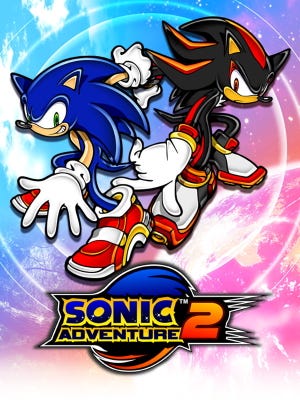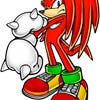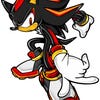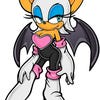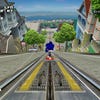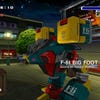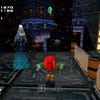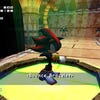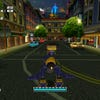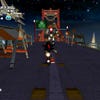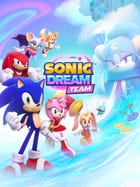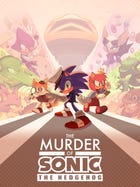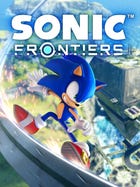-

Jim Carrey returns as Dr. Robotnik in Sonic the Hedgehog 3 film
UPDATE: More cast members join.
-

Feature | The art of the start: how the best games grab us immediately
15 minutes of game.
-

NiGHTS, Sonic Adventure 2 dated for October, DLC available
And why this may be good news for a downloadable Skies of Arcadia: Legends.
-
Sega makes Sonic Adventure 2 XBLA and PSN official
Sonic Boom announcement makes Sonic fans go nuts.
-
Sonic Adventure 2 coming to XBLA and PSN - report
No online co-op though.
-
SEGA to follow Nintendo's Mario model
When it comes to releasing Sonic games.
-
SEGA signs new deal with Alton Towers
Sonic rollercoaster and hotel room planned.
-
Review | Sonic Adventure 2
Review - Sega hurl blue hedgehog at ailing Dreamcast once more
Sonic Adventure 2 Gallery
Games from the Sonic The Hedgehog franchise
Sonic Adventure 2 Feed
